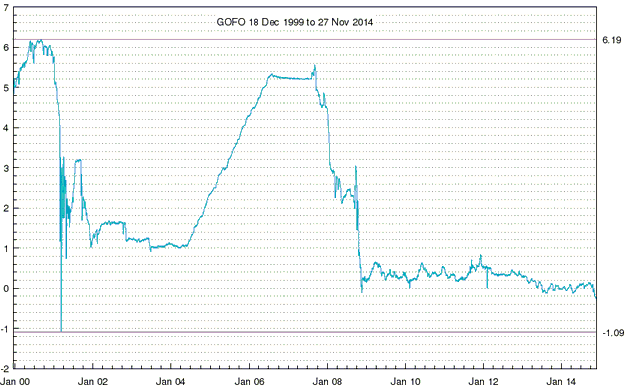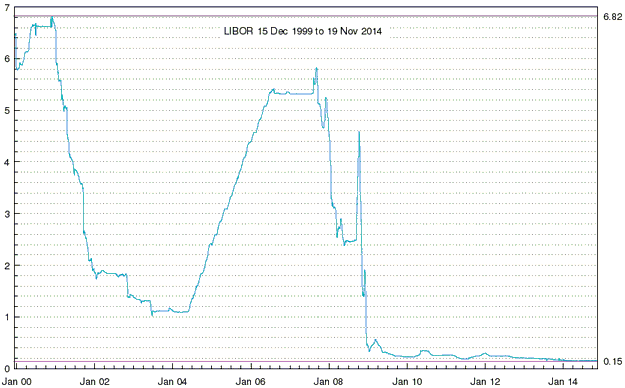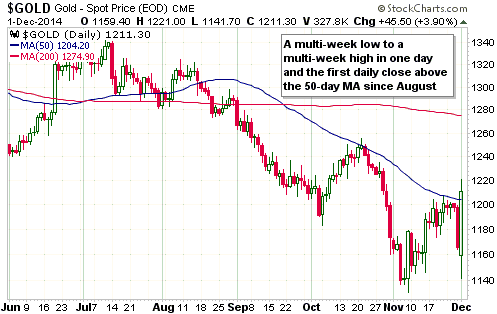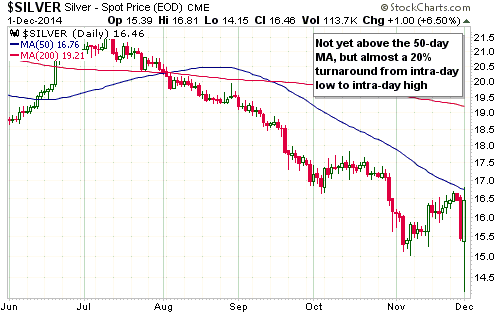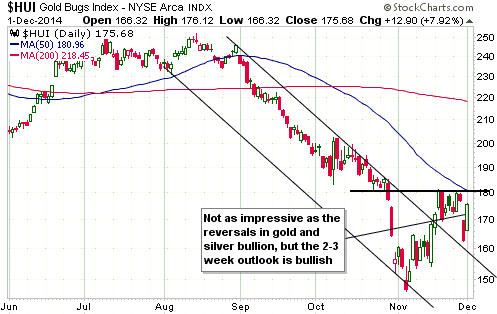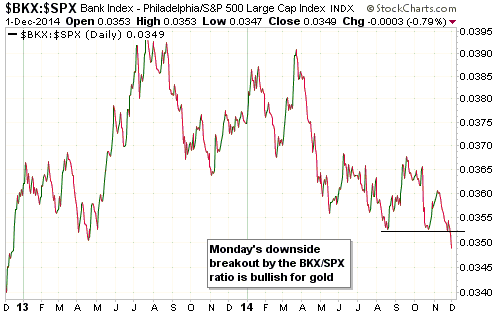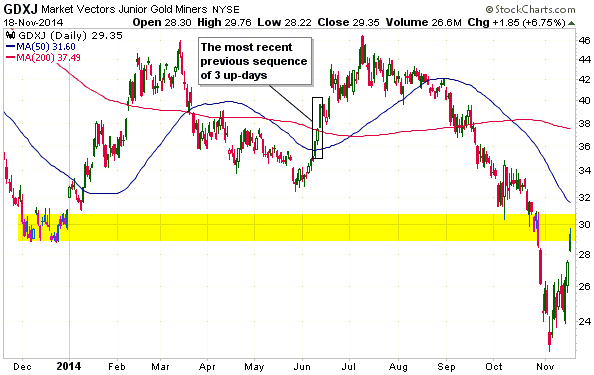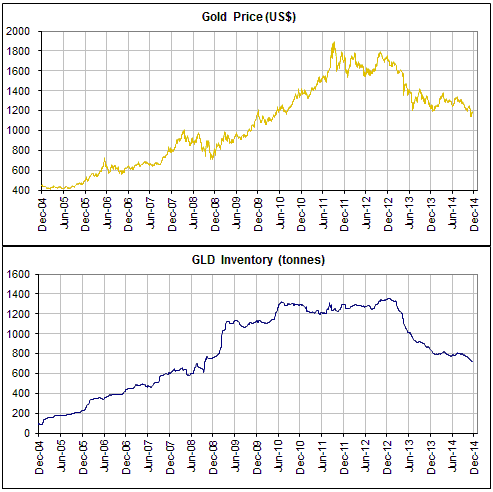There is an excellent interview about China in the latest edition of Barrons magazine. The interviewee is Anne Stevenson-Yang, who, having spent the bulk of her professional life in China since first arriving in 1985, is extremely well-informed on the topic. She is fluent in Mandarin and is currently the research director of J Capital, a company that works for foreign investors in China doing fundamental research on local companies and tracking macroeconomic developments. Anyone interested in finding out what’s really going on in China should click the above link and read the full interview, but here are some excerpts:
“People are crazy if they believe any government statistics [such as the 7%+ GDP growth figures], which, of course, are largely fabricated. In China, the Heisenberg uncertainty principle of physics holds sway, whereby the mere observation of economic numbers changes their behavior. For a time we started to look at numbers like electric-power production and freight traffic to get a line on actual economic growth because no one believed the gross- domestic-product figures. It didn’t take long for Beijing to figure this out and start doctoring those numbers, too.
I put much stock in estimates by various economists, including some at the Conference Board, that actual Chinese GDP is probably a third lower than is officially reported. And as for the recent International Monetary Fund report calling China the world’s biggest economy on a purchasing-power-parity basis, how silly was that? China is a cheap place to live if one is willing to eat rice, cabbage, and pork, but it’s expensive as all get out once you factor in the cost of decent housing, a car, and health care.
I’d be shocked if China is currently growing at a rate above, say, 4%, and any growth at all is coming from financial services, which ultimately depend on sustained growth in the rest of the economy. Think about it: Property sales are in decline, steel production is falling, commercial long-and short-haul vehicle sales are continuing to implode, and much of the growth in GDP is coming from huge rises in inventories across the economy. We track the 400 Chinese consumer companies listed on the Shanghai and Shenzhen stock markets, and in the third quarter, their gross revenues fell 4% from a year ago. This is hardly a vibrant economy.”
And:
“The giant government economic-stimulus programs since 2008 are rapidly losing their effectiveness. The reason is simple. Much of the money has been squandered in money-losing industrial projects and vanity infrastructure spending that make no economic sense beyond supplying temporary bump-ups in GDP growth. China is riding an involuntary credit treadmill where much new money has to be hosed into the economy just to sustain ever-mounting bad-debt totals. Capital efficiency, or the amount of capital it takes to generate a unit of GDP growth, has soared as a result.”
And:
“The Chinese home real estate market, mostly units in high-rise buildings, is truly bizarre. Many Chinese regard apartments as capital-gains machines rather than sources of shelter. In fact, there are 50 million units in China that are owned but vacant. The owners won’t rent them because used apartments suffer an immediate haircut in value.
It’s as if the government created a new asset class that no one lives in. This fact gives lie to the commonly held myth that the buildout of all these empty towers and ghost cities is a Chinese urbanization play. The only city folk who don’t own housing are the millions of migrant laborers continuously flocking to Chinese cities. Yet, they can’t afford the new housing.”
And:
“All of China’s major corporations are speculating on residential real estate with either cash reserves or borrowed money. Who wants to build, say, a shipbuilding plant when a company thinks it can make a lot more speculating in the housing market?”
And:
“…liquidity seems to be a growing problem in China. Chinese corporations have taken on $1.5 trillion in foreign debt in the past year or so, where previously they had none. A lot of it is short term. If defaults start to cascade through the economy, it will be more difficult for China to hide its debt problems now that foreign investors are involved. It’s here that a credit crisis could start.”
And:
“As for Xi’s much-ballyhooed anticorruption campaign inside China, it offends me that international media depict it as a good-governance effort. What’s really going on is an old-style party purge reminiscent of the 1950s and 1960s with quota-driven arrests, summary trials, mysterious disappearances, and suicides, which has already entrapped, by our calculations, 100,000 party operatives and others. The intent is not moral purification by the Xi administration but instead the elimination of political enemies and other claimants to the economy’s spoils.”
China is an economic disaster happening in slow motion, but it is not a good idea to be short the country’s stock market.
 Print This Post
Print This Post

